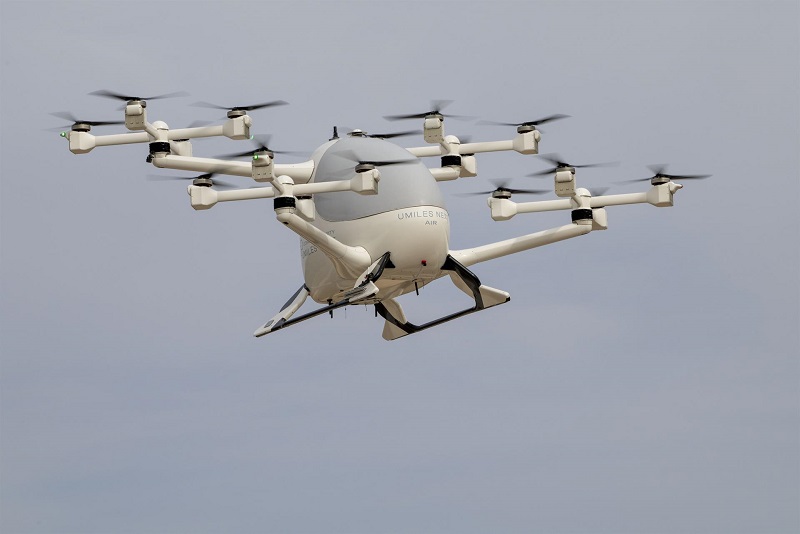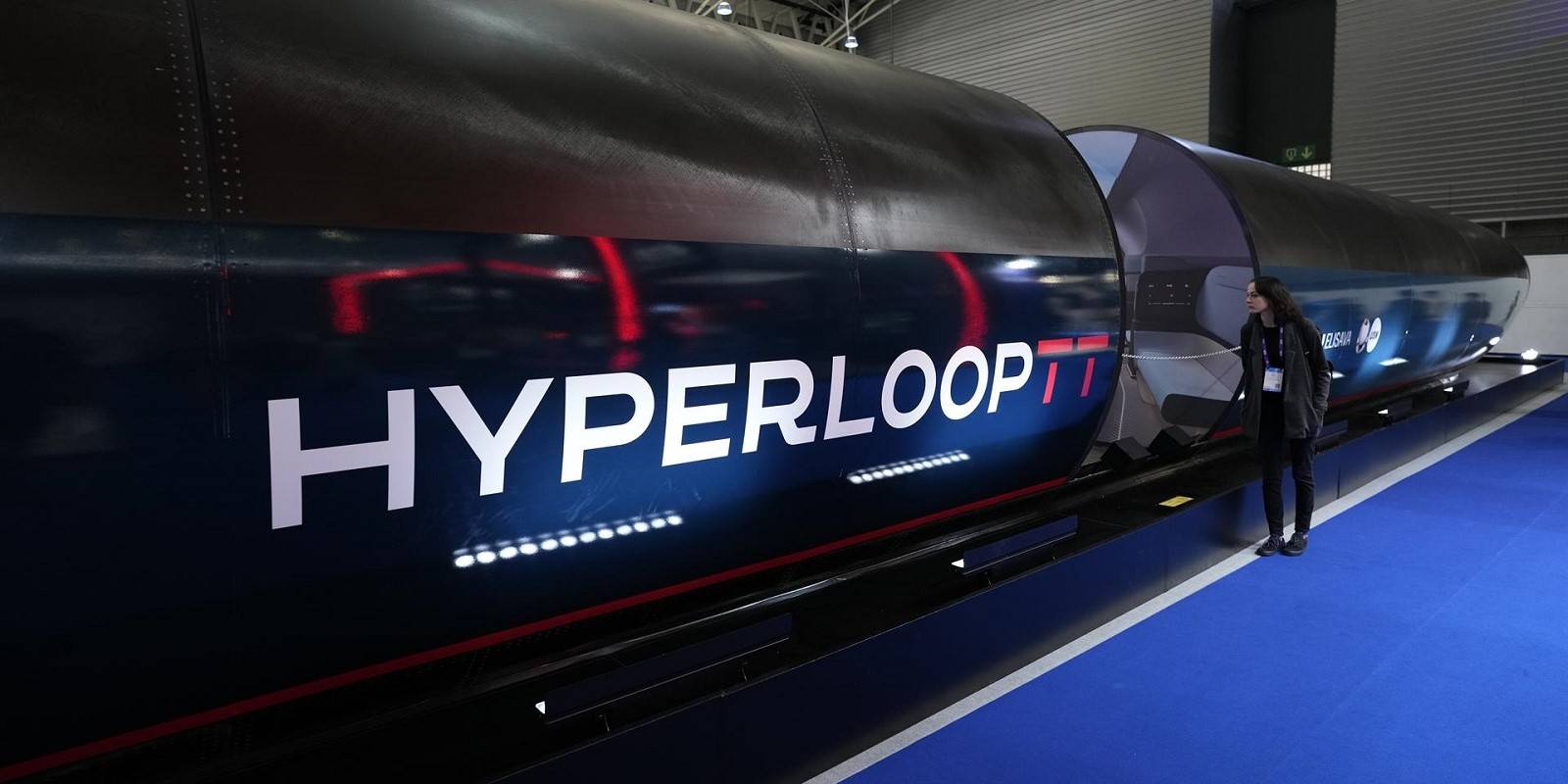Tuesday, April 18, 2023
Rather than a futuristic idea inspired by movies or literature, autonomous transport is starting to become part of our present. These vehicles can travel different distances independently and promote efficient mobility in a new ecosystem that will allow people to move around faster, cheaper and more sustainably.
Text by José Castán. Photo by EFE/Alejandro García.
More than 50% of consumers expect to use autonomous vehicles in the coming years, according to Frost & Sullivan's report for Dassault Systèmes on city trends and prospects in 2030. The text indicates that 71% of respondents plan to use all-electric vehicles and more than half believe they will use autonomous vehicles at the beginning of the next decade.
Technology is the main ally of autonomous transport. The emergence of artificial intelligence, big data and internet connectivity—especially with the deployment of 5G technology—are key to this new approach to the sustainable transport of the future, as they require connectivity for their development. We are talking about machine-to-machine communication, which, in the case of cars, is the exchange of information between vehicles on roads or urban roads, or V2V (vehicle-to-vehicle).
The industry is already working to go one step further with the Cellular V2X (cellular vehicle to everything) technology standard. Using 5G connectivity, it will allow vehicles to communicate with all the elements around them (traffic lights, signs, etc.), in pursuit of full autonomous driving. For example, vehicles stopped at an intersection will start in unison to reduce waiting times or automatically adjust their speed to avoid stopping at a traffic light. Trucks will even be able to drive on the highway at coordinated speeds.
To make this possible, a foolproof system is needed where communications are 100% reliable and the sensors work flawlessly in perfect coordination. This is the only way to avoid traffic jams, improve the flow of traffic and ensure greater road safety. Among other advantages, this will make mobility much more efficient.
What are smart tunnels?
Little by little, steps are being taken in this direction. One example is the Cereixal tunnel, located on the A6 highway in the province of Lugo, which has become the first “smart tunnel” in Spain, connected to vehicles. This smart infrastructure sends information—in this case to the driver—about weather conditions at the exit, possible road works, slow vehicle warnings, congestion, accidents, obstacles on the road, the presence of pedestrians or sudden braking along the way, as well as alerts about emergency vehicles entering the tunnel.
This is a first step in connecting the vehicle and the road, which still goes through the driver, but is already a major improvement in mobility. All the information collected by the sensors (opacimeter, slippery asphalt, visibility, weather station) and cameras installed in the tunnel (Automatic Incident Detection, thermal, detection of dangerous goods, detection of electric vehicles), along with all the events emitted or received by the connected vehicles, is integrated into a centralized system that will allow more efficient, fast and safe management.
Photo by EFE/José Manuel Pedrosa
Autonomous transport by land, sea and air
Autonomous transport is not limited to vehicles traveling on the road, but is also being developed for air transport, whether airplanes or drones, as well as for sea and train transport.
In aviation, autonomous cargo planes are already a reality. The aeronautics industry is working resolutely in this direction, as demonstrated by the U.S. company Nautilus, which is producing the world's first autonomous aircraft designed and manufactured for air freight transport. To this end, this manufacturer aims to launch a family of autonomous cargo aircraft with greater efficiency and cost savings, innovating the design of cargo aircraft to increase cargo volume by 60%, which will halve the cost of cargo operations and carbon emissions.
On a smaller scale, there is the so-called Advanced Air Mobility (AAM), also called Urban Air Mobility (UAM), a new concept of air transport that uses autonomous aircraft to transport people and/or cargo. These aircraft, mainly eVTOL (vertical take-off and landing), can be powered by hybrid electric systems, batteries or, potentially, hydrogen fuel cells, ranging in size from small drones to large, single- or multi-passenger shuttles. They represent a step forward in terms of efficient transport by avoiding road transit.
Trains are no exception to the incipient arrival of more efficient autonomous transport, based on transporting the greatest number of people in the shortest possible time, with the improvement in sustainability that this entails. There are different projects and techniques in this regard, such as the Hyperloop, for which there are several initiatives. It is considered the world's fastest ground transportation system for fully electric and automated intercity travel. Hyperloop capsules levitate at high speeds inside a network of low-pressure tubes.
In February, at the Mobile World Congress in Barcelona, a prototype of a capsule capable of reaching 1,200 kilometers per hour by means of a levitation system and air impulse inside a tube was presented. The Valencia-based company Zeleros, which just received the Generalitat Valenciana award for Most Innovative Project for the Future of Mobility at the first edition of the eMobility Expo World Congress, is participating in this project.
This company plans to transport up to 250 passengers at a speed of 1,000 km/h inside low-pressure tubes. For freight transport, the capsules have a payload capacity of up to 50 tons and have automated loading and unloading capabilities. The system will be based on viaducts that can be built over any terrain, such as mountainous areas or sand, and withstand all kinds of adverse weather effects, all without emissions.
¿Te ha parecido interesante?





